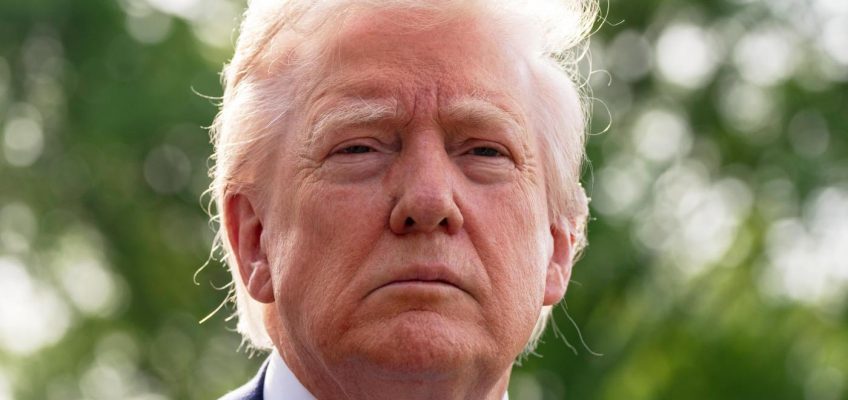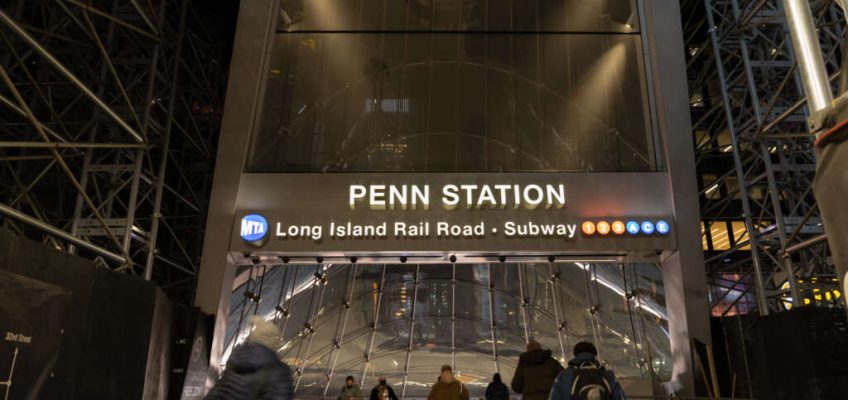By WAFAA SHURAFA and LEE KEATH
DEIR AL-BALAH, Gaza Strip (AP) — The World Food Program says its food stocks in the Gaza Strip have run out under Israel’s nearly 8-week-old blockade, ending a main source of sustenance for hundreds of thousands of Palestinians in the territory.
The WFP said in a statement that it delivered the last of its stocks to charity kitchens that it supports around Gaza. It said those kitchens are expected to run out of food in the coming days.
Some 80% of Gaza’s population of more than 2 million relies primarily on charity kitchens for food, because other sources have shut down under Israel’s blockade, according to the U.N. The WFP has been supporting 47 kitchens that distribute 644,000 hot meals a day, WFP spokesperson Abeer Etefa told the Associated Press.
It was not immediately clear how many kitchens would still be operating in Gaza if those shut down. But Etefa said the WFP-backed kitchens are the major ones in Gaza.
Israel cut off entry of all food, fuel, medicine and other supplies to Gaza on March 2 and then resumed its bombardment and ground offensives two weeks later, shattering a two-month ceasefire with Hamas. It says the moves aim to pressure Hamas to release hostages it still holds. Rights groups have called the blockade a “starvation tactic” and a potential war crime.
Israel has said Gaza has enough supplies after a surge of aid entered during the ceasefire and accuses Hamas of diverting aid for its purposes. Humanitarian workers deny there is significant diversion, saying the U.N. strictly monitors distribution. They say the aid flow during the ceasefire was barely enough to cover the immense needs from throughout the war when only a trickle of supplies got in.
Hamas has been designated as a terrorist organization by the United States, Canada and the European Union.
With no new goods entering Gaza, many foods have disappeared from markets, including meat, eggs, fruits, dairy products and many vegetables. Prices for what remains have risen dramatically, becoming unaffordable for much of the population. Most families rely heavily on canned goods.
Malnutrition is already surging. The U.N. said it identified 3,700 children suffering from acute malnutrition in March, up 80% from the month before. At the same time, because of diminishing supplies, aid groups were only able to provide nutritional supplements to some 22,000 children in March, down 70% from February. The supplements are a crucial tool for averting malnutrition.
Almost all bakeries shut down weeks ago and the WFP stopped distribution of food basics to families for lack of supplies. With stocks of most ingredients depleted, charity kitchens generally can only serve meals of pasta or rice with little added.
World Central Kitchen — a U.S. charity that is one of the biggest in Gaza that doesn’t rely on the WFP — said Thursday that its kitchens had run out of proteins. Instead, they make stews from canned vegetables. Because fuel is scarce, it dismantles wooden shipping pallets to burn in its stoves, it said. It also runs the only bakery still functioning in Gaza, producing 87,000 loaves of pita a day.
The WFP said 116,000 tons of food is ready to be brought into Gaza if Israel opens the borders, enough to feed 1 million people for four months.
Israel has leveled much of Gaza with its air and ground campaign, vowing to destroy Hamas after its Oct. 7, 2023, attack on southern Israel. It has killed over 51,000 Palestinians, mostly women and children, according to Gaza’s Health Ministry, whose count does not distinguish between civilians and combatants.
In the Oct. 7 attack, terrorists killed about 1,200 people, mostly civilians, and abducted 251. They still hold 59 hostages after most were released in ceasefire deals.
Keath reported from Cairo. AP correspondent Julia Frankel in Jersualem contributed to this report.
Related Articles
Antisemitic incidents slow worldwide from post-Oct. 7 spike, but remain higher than before Gaza war
Israeli strike in Gaza kills 23 as Arab mediators seek long-term truce
Israeli strikes kill 14 in Gaza and destroy heavy equipment needed to clear rubble
Anti-Defamation League says anger at Israel is now the driving force behind antisemitism in the US
Israeli strikes kill at least 25 in Gaza and Huckabee makes first appearance as US ambassador




